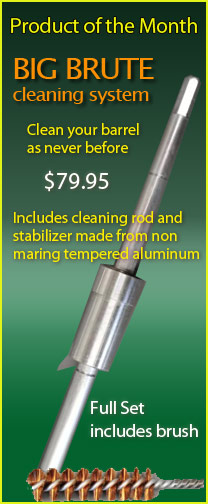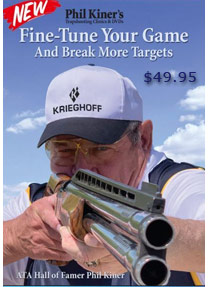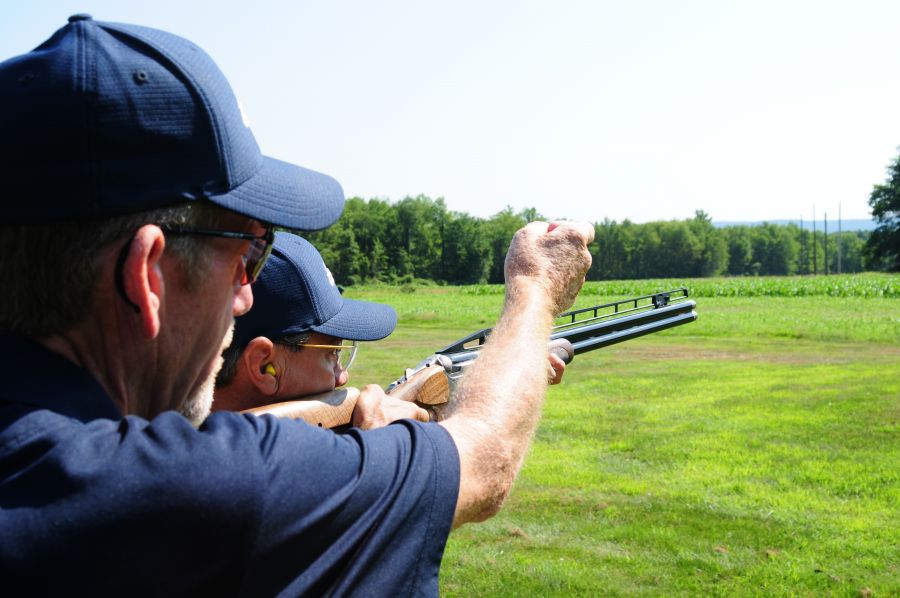
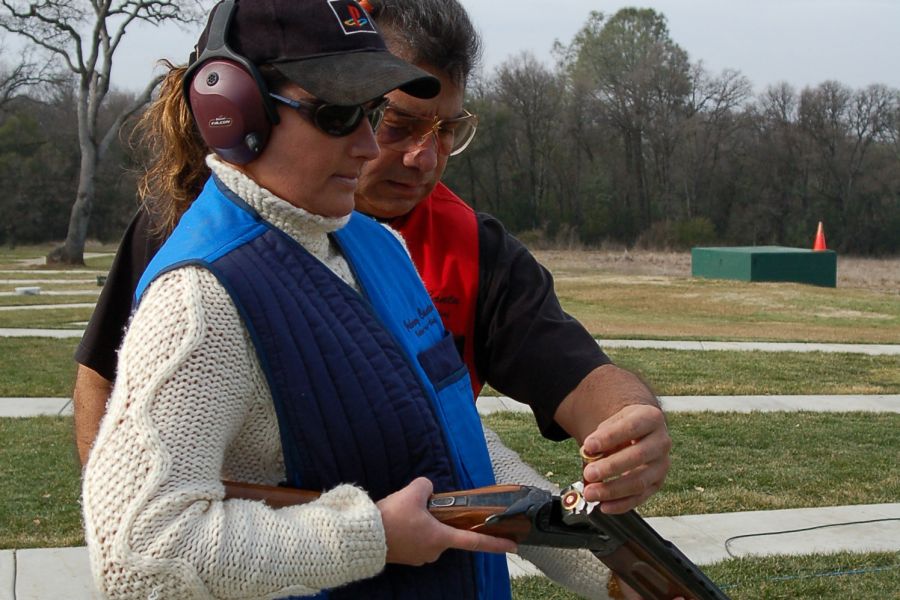
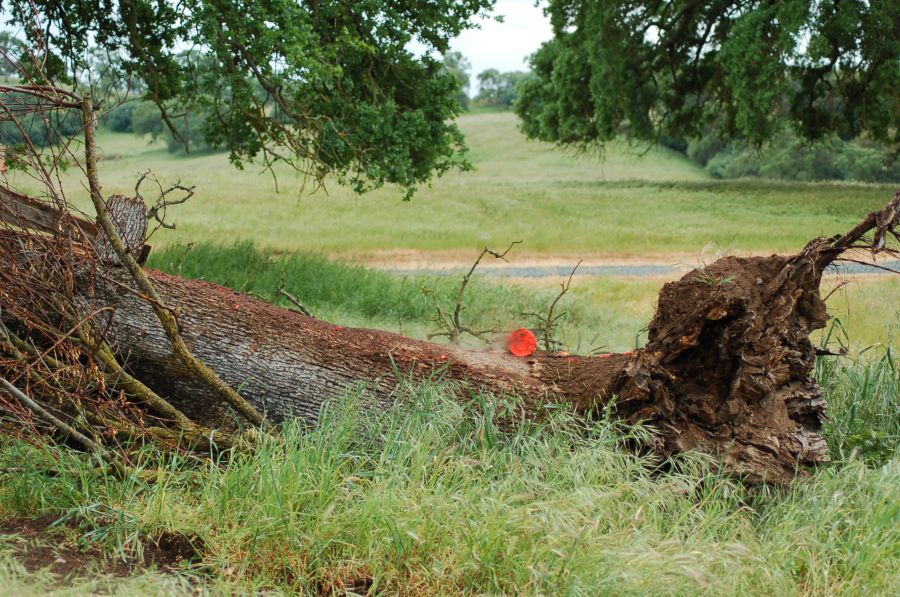
Most all clay target shooters contemplate getting some type of assistance with the objective of increasing their shooting performance. This assistance can come in the form of instruction, coaching or attending a clinic. Which of these a shooter decides to engage in is dependent on many factors, including the learning style of the shooter and the resources a shooter is willing to dedicate to this. However, the most important factor a shooter should consider when looking for instruction, coaching or attending a clinic is what that shooter desires to get out of it.
Instruction
In the context of this article, instruction is defined as a shooter who seeks out a “qualified shooting instructor” (herein referred to as an “instructor”) and engages that instructor to learn something, improve something or fix something. An excellent example of instruction to learn is when an individual reaches out to a instructor and says “I have a background in rifle and pistol shooting but would like to learn how to shoot clay targets.” Another example is a skeet shooter may seek instruction if that person wanted to learn how to effectively shoot trap. In skeet where the target flight path is known prior to calling for the target, the shooter identifies a specific hold point such that the target will not get in front of the barrel.
However, with the target flight path direction unknown in trap, the shooting instructor will work with the skeet shooter so they learn the proper hold points for trap. Another example would be the sporting clays shooter who wants to improve hit percentage on the Rabbit target. In this case, the shooting instructor may work with the shooter to change something in the shooter’s physical approach to the target, such as their stance or mount, so they can reach their desired level of improvement. Then there may be the case where a shooter is missing targets because he/she is lifting their head or stopping the gun and not following-through. A shooting instructor will be able to work with a shooter to determine why these problems are occurring, then recommend some solutions/drills to fix the problem.
The primary advantage and what is unique about instruction is it is tailored to the needs of the shooter whether the objective is to learn, improve or fix. Instruction can be taken individually (which is most often the case) or small groups (e.g., a husband and wife getting instruction together so they can have an activity to share). When an instructor is working with a small group of individuals, that instructor should identify the needs of each person in that group and alter their instruction to that person’s needs. Shooting instruction also can take the form of a single lesson, or a series of lessons, whereby the quantity of lessons needed depends on the purpose of the lessons. Previously, I provided some examples of taking lessons to learn, improve or fix specific concerns a shooter has. Since shooting instruction is usually done one-on-one, the interaction between the shooter and instructor is very important. The learning modality of the shooter has to be a strength in the teaching modality of the instructor, otherwise the shooter’s ability to learn will be lessened. For example, if an instructor uses words to describe how to fix a problem but the shooter is a visual learner and prefers to learn by watching the solution being demonstrated, the shooter will not learn as quickly and may not understand what is being taught.
Just as important when taking lessons is the shooter’s expectations as to what the lesson will provide. Whether it is to learn, fix or improve, the shooter needs to describe to the instructor what he/she expects to walk away with from the lesson. Earlier where I gave the example of the shooter who wants to improve his ability to hit the Rabbit target — this shooter should outline to the instructor that currently he is only hitting 50% of the Rabbits and at the end of the lesson(s) he wants to increase his success rate to 80%. That way both parties know right from the beginning what is expected. The instructor can then determine whether he/she wants to accept that shooter as a student and help them improve to the 80%. If an instructor does not feel he/she can meet the shooter’s expectation, then the instructor should refuse to provide instruction or work with the student to develop a more realistic set of expectations.
In the beginning of this article, I used the phrase “qualified shooting instructor” (then shortened it to “instructor” – purely for brevity). I used the word “qualified” purposely to make a point. For a shooting instructor to provide maximum benefit and be effective, that instructor needs to be “qualified.” What makes an instructor “qualified” is the instructor has the ability to understand the problem(s) the shooter wants help with and the ability to provide a resolution which the shooter can utilize. “Qualified” does not necessarily mean any particular credentials such as a level 1, 2 or 3 instructor rating from a governing body. Nor does “qualified” mean the instructor has won a minimum number of regional, state or national titles. Some of the best shooters are not “qualified” instructors, and some instructors with the highest credentials are not “qualified” instructors using my definition.
Shooting Clinics
One of the biggest advantages of attending a shooting clinic is the amount of information provided for the cost. It is not unusual for a one-day shooting clinic to last eight hours at the cost of $400-$500, whereby the cost of taking a private instructional lesson is $100/hour, so shooting clinic participants often get a savings. Please take note I said “information which is provided” and not “instruction which is provided.” This is because most (but not all) shooting clinics are conducted using a pre-determined format. For example, a trap clinic may consist of singles in the morning, handicap in the early afternoon and doubles in the late afternoon.
Since many clinics have a clinic teacher to student ratio of 5:1 or 10:1, it can become very difficult for the clinic teacher to provide individualized on-range instruction during a clinic (i.e., If a particular student is having trouble hitting hard right-hand trap targets off Post 5, it is unlikely the clinic teacher can alter the pre-determined clinic format and set the machine to throw only hard right-hand targets just for one particular student. This would not be fair to the other students nor would they get through the rest of what is scheduled to be covered by the clinic format). However, what is lost on individualized instruction during a clinic can often be overshadowed by what is gained during the off-range material provided, such as in-class videos and discussions about dealing with match pressure. And, for some individuals, these student ratios of 5:1 or 10:1 can be an advantage as some learn by watching others learn.
A shooting clinic will expose the shooter to some new approaches and new tools for hitting clay targets. It is highly likely the clinic teacher will show the clinic participants what they do to be successful. The underlying thought process is if this approach is used successfully by the clinic teacher, then used by the clinic participants they, too, will be successful. There is some merit to this tactic, and the clinic participants who are able to learn and adapt to this approach are likely to improve their shooting abilities. Unfortunately, what often happens is once the clinic ends, the clinic participant will begin struggling with the newly learned approach. And, the clinic teacher who taught this approach during the clinic is no longer available to provide guidance and identify problems the shooter is having with this approach.
Coaching
This is often confused with instruction. However, for the purpose of this article, coaching is where a shooter with some proficiency in one of the clay-target disciplines works one-on-one with a coach to reach a specific (or set of) goal(s). The shooter and coach work together as a team until that goal is reached, at which time the coaching relationship expires or is renewed to reach another goal. A coach can work with a shooter on the physical characteristics and/or their mental aspects of the clay-target game (many elite and world-class shooters have a separate coach for each area). And, while a coach may provide some instruction, it is important to note this is not the primary basis of the relationship. Please note coaching youth shotgun teams will be excluded from the scope of this article, as the coaching in this article is focused on coaching of an individual shooter. (For individuals interested in coaching youth shotgun teams, I recommend the book The Shotgun Coach’s Primer by Richard Lynch).
Coaching, unlike instruction (which is often a one-time thing), requires an ongoing relationship between the shooter and the coach. Therefore, the chemistry between the two is exponentially more important than between a shooter and an instructor. A coach and a shooter will work together to achieve a goal — either a short-term goal or a long-term goal. Both the physical coach and mental coach should know the shooter well enough to determine if the shooter is on track to reach the goal. It is the primary job of the coach to work with the shooter to develop a plan to get to the goal and then make the necessary modifications to that plan if needed. For example, a coach may recommend additional training and/or practice sessions or add tools, such as visualization to strengthen the shooter’s mental approach. Once the shooter achieves his/her goal, the coach and shooter can continue working together on a new goal or not.
So how does a shooter decide if instruction, a clinic or a coach is the right option to go with? The answer to that question is determined by the short-term and long-term goals of the individual. All three are excellent options, and many shooters utilize all three regularly. However, it is important to remember each has its own purpose. Therefore, it comes down to what a shooter is looking for and the amount of time and money he/she is willing to invest. SS
Mark H. Taylor has over 40 years of shooting experience. He has won many regional, state, national and international clay target competitions. He is the author of the book Clay Target Shooting – The Mental Game and co-author of the book Break ’em All (see page 50). Mark is a NRA Certified Advanced International Shotgun Coach and a High-Performance Shotgun Coach for USA Shooting. He is a Caesar Guerini Pro Staff shooter and teaches monthly beginner shotgun clinics at Colorado Clays in Brighton, CO, and travels nationally and internationally teaching coaching courses and working with world-class athletes.

